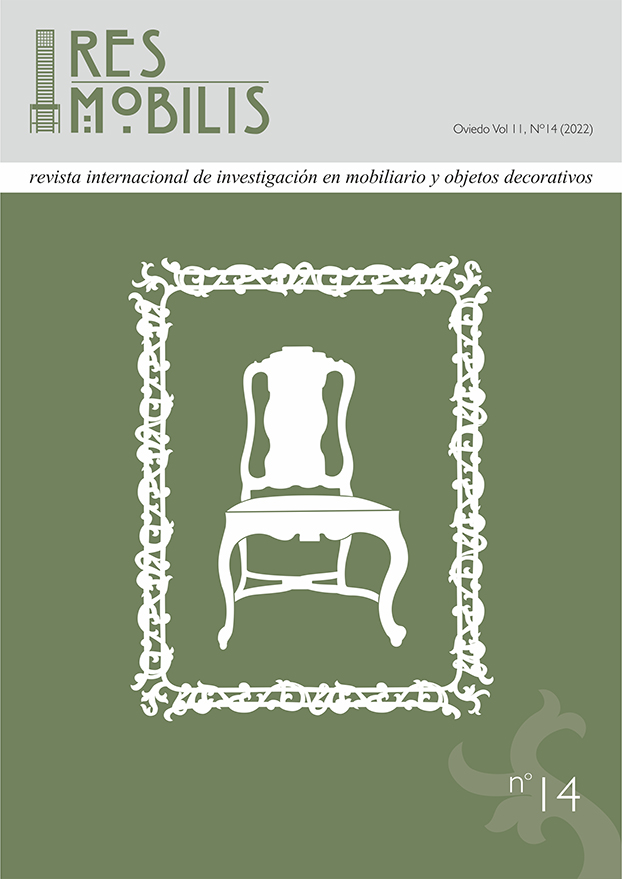Resumen
The International Exhibition of Modern Decorative and Industrial Arts held in Paris emphasizes, in a first place, the so-called Art Deco as an alternative formula to pastiche and Art Nouveau. On the other hand, it constituted a stage for the presentation of pavilions and interiors designed by the avant-gardes that aimed not only transformations in terms of language and typology of ornaments but also the promotion of values such as functionality and rationality, the driving of social changes and new ways of living space. We know that an international exhibition, an authentic scenario parallel to the real city, is a reflection of its time and the society that promotes it. On the other hand, we also know that this can link utopian views of the world. These two assumptions are observable in the case of the 1925 Exhibition, whose predominance of Art Deco reflects a consumerist society, as opposed to a new conception of the world, announced by currents such as De Stijl, Constructivism, Purism, and Functionalism. The progressivism of the French architect Robert Mallet-Stevens, which involved artists such as the Martel brothers, Francis Jourdain or Pierre Chareau, stands out in his interdisciplinary work team. Following a holistic view, we intend with this article to analyze two ephemeral architectures of his authorship and the utopias linked to them.
Citas
Baudrillard, Jean. O Crime Perfeito. Lisboa: Relógio de Água, 1996.
Dell, Simon. “The Consumer and the Making of the Exposition Internationale de arts décoratifs et industrielles modernes.” Journal of Design History, Vol.12, no. 4 (1999).
Janneau, Guillaume. “L’exposition des arts techniques de 1925: Que sera, demain, le logic, entretien avec Le Corbusier." The decorative art of today. Trad. de James I. Dunnett. London: The Architectural Press, 1987.
Hubert Jeanneau and Dominique Deshoulieres. Rob Mallet-Stevens Architecte. Bruxelas: Edition des Archives d’Architecture Moderne, 1980.
Lefebvre, Henri. La production de l’espace. Paris: Ed.Anthropos, 2000.
Marcillac, Félix. "Les frères Martel ont fait descendre le cubisme dans la rue." Conaissance des arts, no.302 (Avril 1977): 66-73.
Migayrou, Frédéric. "Une cinématique des vecteurs." In Robert Mallet-Stevens: L’Oeuvre complete, 31-. Paris: Centre Pompidou, 2005.
Jeanneau, Hubert and Deshoulieres, Dominique. Rob Mallet-Stevens architecte. Bruxelles: Éditions des Archives de l’architecture moderne, 1980.
Scarlett, Frank and Townley, Marjorie. Arts Décoratifs 1925: A personal recollection of Paris Exhibition. New York: St Martins Press, 1975.
Giedion, Sigfried. Espaço, Tempo e Arquitectura, O desenvolvimento de uma Nova Tradição. São Paulo: Martins Fontes, 2004.
Migayrou, Frédéric. "Une Cinématique des vecteure." in Robert Mallet-Stevens : L’Oeuvre complete. Paris: Centre Pompidou, 2005.
Pereira, João and Vassallo e Silva, Nuno (coord.). Art Déco 1925. Lisbon: Fundação Calouste Gulbenkian, 2009.
Pinchon, Jean-François. "Les Martel et MalletStevens." in Joël et Jan Martel. Sculpteurs 1896-1966, 75-93. Paris: Gallimard / electa, 1966.
Tafuri, Manfredo. Design and Capitalist Development. Cambridge: The Mit Press, 1976.

